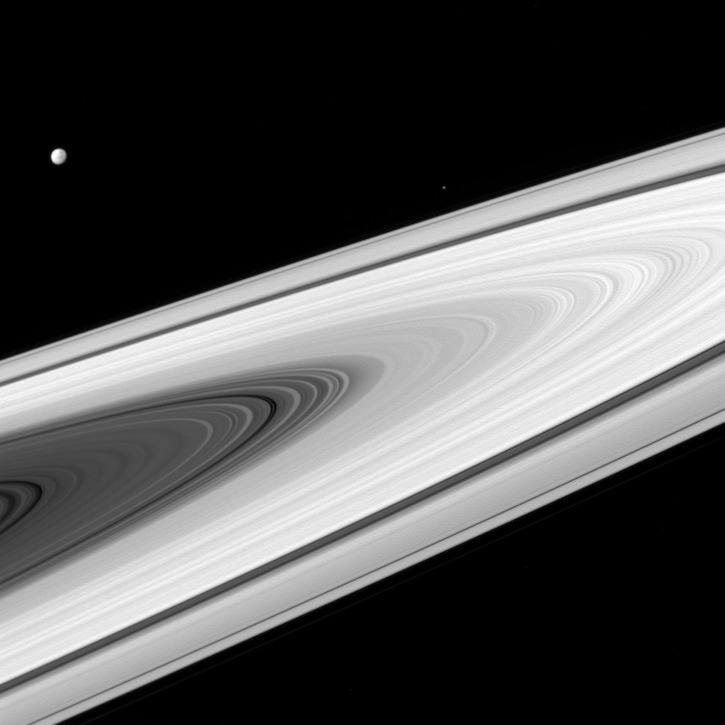The Eta Aquariid meteor shower takes place from April 19 to May 28, peaking overnight on May 5 and the morning of May 6 with up to 50 meteors per hour. Hopefully we won’t be rained out for this one, but if we are, the shower typically produces 25 meteors per hour from May 3 to 10, which is better than the peak rates of other showers this year. Look to the east-southeast in the constellation Aquarius. The moon will make it harder to see some of the fainter meteors, but it sets around 4 a.m. on May 6 and earlier each day after that so really early birds or night owls will have better viewing after moonset. With a low angle of approach and a high speed (65 km/h), these meteors often produce long streaks of light or trails as they are known in the astronomy community.
Mars emerges at dusk in the west-northwest, but is low and fairly dim in the sky. Try not to confuse it with the similarly coloured star Aldebaran, which will pass to the left of Mars on May 1 and south of Mars on May 6. The red planet will slowly sink throughout the month, eventually disappearing into the sunset.
Jupiter dominates the evening sky in the south all month and lingers until the morning sky begins to brighten. It will remain the brightest “star” in the night sky until Venus rises in the morning. It will appear to the right of the Moon on May 7th, which should provide a good photo opportunity. A look through a telescope this month is supposed to show a great deal of detail in Jupiter’s atmosphere, especially on the equatorial belts. Even a good pair of binoculars should show the planet’s four largest moons: Io, Ganymede, Callisto and Europa.
Saturn will rise in the southeast near 11:30 p.m. and will appear earlier each night until it is rising around 9:30 p.m. by the end of May. It will drift slowly west over the month, passing near the moon on May 13 and 14. Actually, the entire month is a good time to use Saturn as a starting point for spotting other cosmic objects. To the east of the planet lies the Trifid Nebula and the open star cluster M21, with the Lagoon Nebula just south of those objects, all with the backdrop of the rich star clouds near the galactic centre of the Milky Way. If you have a telescope May is a great time to take a look at Saturn. You will see the rings tipped 26 degrees to our line of sight, which is far enough to reveal fine details, including the dark Cassini Division that separates the outer A ring from the brighter B ring. Even with a small telescope you should see several of Saturn’s moons such as the distant Iapetus and closer in Titan, Rhea, Dione and Tethys. Hugging the rings you might also see Enceladus, which takes just 1.4 days to complete an orbit of Saturn
Neptune rises in the eastern morning sky around 3 a.m. in mid-May and lingers in the constellation of Aquarius. You will need binoculars to spot it and a telescope to actually see a disk.
Venus rises in the east about two hours before the Sun all month. It will pass just to the south of the crescent moon on May 22, another good photo op. This month is a good time to take a look at this planet through a telescope as it lies fairly close to Earth. You should see dramatic changes, which may even be visible with binoculars, as the planet goes from quarter-lit crescent on May 1 to half-lit on May 31.
Uranus will be easiest to find on May 3 when it lies just to the left of Venus. You should be able to see both of them in binoculars, though a telescope will be needed to see Uranus’s disk. You will have to make it quick as Uranus will fade into the twilight fairly quickly.
Mercury will reach its highest peak in the morning this month on May 17, where it will hang below and to the left of Venus, but still very low in the sky. It will appear about half an hour before dawn and will be tough to find with the naked eye, though it will brighten slightly later in the month. It will appear close to the thin crescent Moon on the 24, which may make it easier to spot.
Sorry, Han Solo. A parsec is not a unit of time. It is used as an alternative to light-years to measure distance. What is a light-year? A light-year is the distance light travels in a year, which is approximately 9.461 trillion km (5.878625 trillion miles). One parsec is equal to 3.26 light-years or 30.84286 trillion km. You might want to send Chewbacca after the lazy writer who didn’t do his research.
